Industrial hydraulic pumps are a fundamental part of many machines and systems, responsible for converting mechanical energy into hydraulic energy to power various operations. Due to their essential role in the proper functioning of hydraulic systems, regular maintenance of these pumps is critical to ensure the system operates smoothly and efficiently. Without proper care, hydraulic pumps can experience performance degradation, unexpected breakdowns, and even complete failure, all of which can lead to costly repairs, downtime, and disruptions in production. Maintenance is crucial in order to maximize the lifespan, efficiency, and safety of hydraulic pumps.
One of the main reasons for regular maintenance is to prevent unexpected failures. Hydraulic pumps are constantly subjected to intense pressure, vibrations, and heavy workloads. Over time, internal components such as seals, bearings, and valves can wear down, leading to decreased performance or failure. However, through routine maintenance, technicians can identify any early signs of wear and tear, such as leaks, abnormal sounds, or irregular performance. This allows for the timely replacement of damaged components before they cause a complete breakdown. By addressing potential problems before they escalate, businesses can avoid unexpected equipment failures that would otherwise result in costly repairs and unplanned downtime.
In addition to preventing failures, maintenance plays a critical role in maintaining the pump's performance and efficiency. Over time, contaminants like dirt, dust, or debris can enter the hydraulic fluid, which can clog filters or create abrasive damage inside the pump. Such buildup can reduce the pump’s efficiency, forcing it to work harder and consume more energy to achieve the same results. Regular cleaning and maintenance of the pump’s internal components—such as replacing filters, inspecting hoses, and flushing out contaminants—ensure that the pump operates at its peak capacity. This not only improves the efficiency of the pump itself but also optimizes the performance of the entire hydraulic system, ensuring that machines and equipment run smoothly and reliably.
Regular maintenance also extends the lifespan of industrial hydraulic pumps. Hydraulic pumps are expensive investments, and premature failures can be costly. With proper maintenance, you can extend the operational life of your pump by addressing small issues before they turn into major problems. This proactive approach helps avoid costly replacements and maximizes the return on investment for the pump. By ensuring that moving parts are well-lubricated, seals are intact, and fluid levels are appropriate, maintenance helps prevent excess wear that could shorten the life of the pump. Over time, this leads to significant cost savings, as the pump remains in service for longer periods without the need for major repairs or replacements.
Energy efficiency is another key benefit of maintaining hydraulic pumps. A poorly maintained pump tends to consume more energy as it struggles to operate at its optimal performance. For example, worn-out components may force the pump to work harder, leading to increased energy consumption and higher operating costs. By keeping the pump well-maintained, its internal mechanisms function smoothly, leading to a more efficient operation that uses less energy. This not only reduces the environmental impact but also keeps operational costs down, making the system more cost-effective in the long run.
Safety is a primary concern in any industrial operation, and maintaining hydraulic pumps is a vital aspect of ensuring safety in the workplace. Malfunctioning hydraulic pumps can lead to leaks, system pressure issues, or even catastrophic failures, which can pose serious risks to operators and surrounding equipment. Regular maintenance checks help identify potential issues, such as faulty seals or pressure irregularities, before they lead to accidents. By ensuring that the pump and hydraulic system are operating correctly, businesses can reduce the risk of dangerous malfunctions, safeguarding both personnel and equipment. Safety inspections and routine maintenance help keep the working environment secure and prevent accidents that might otherwise lead to injuries, property damage, or costly insurance claims.

 ENG
ENG
 English
English русский
русский Español
Español

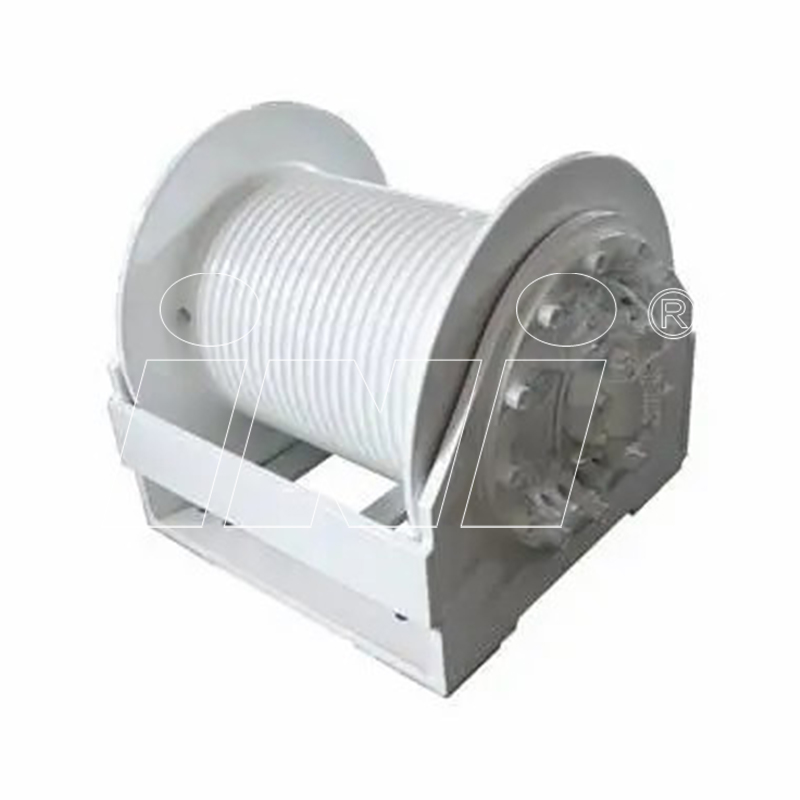
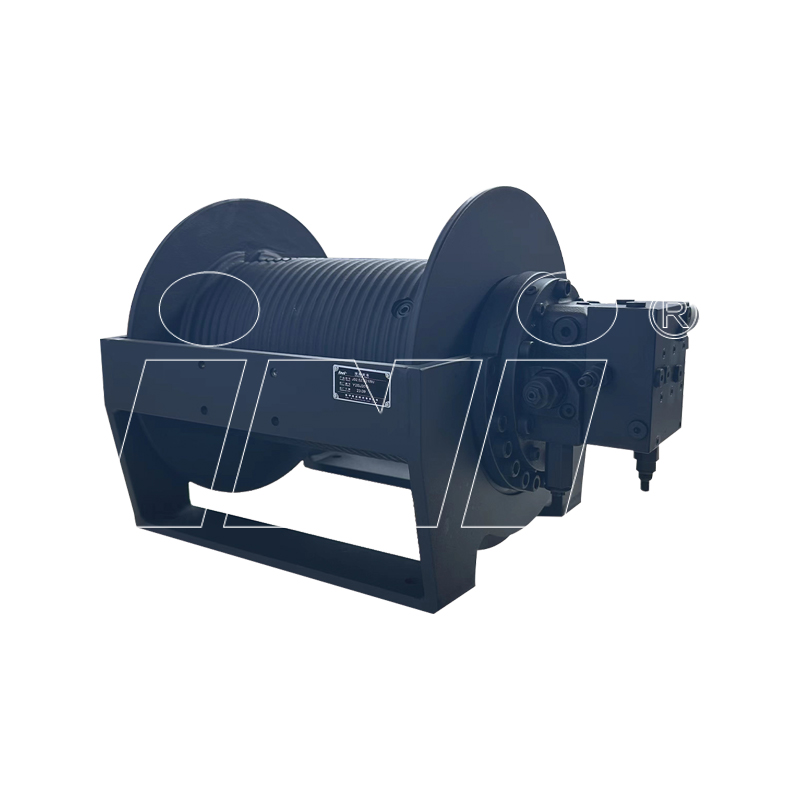
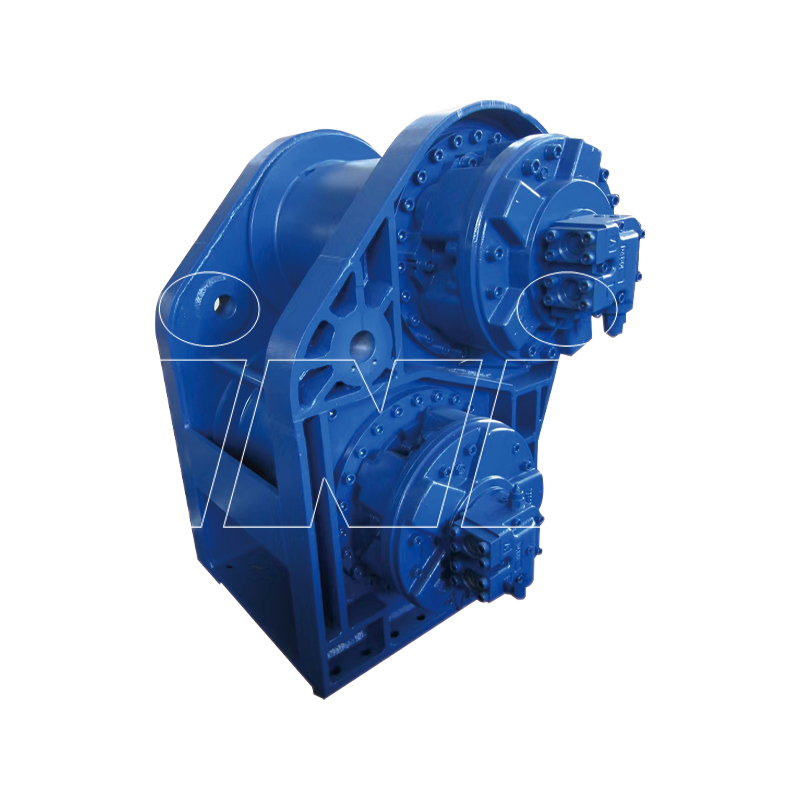

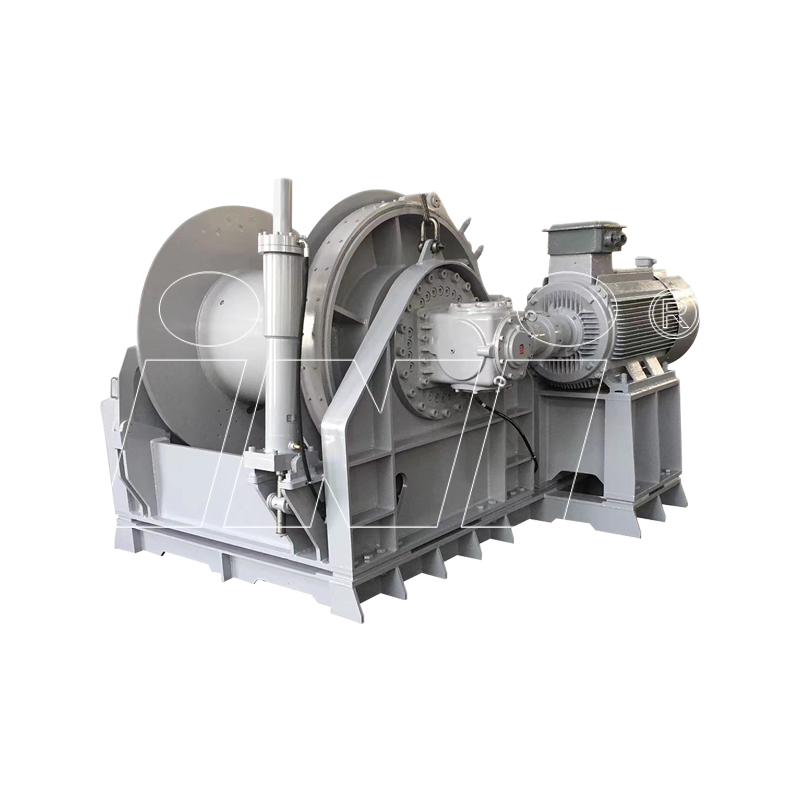

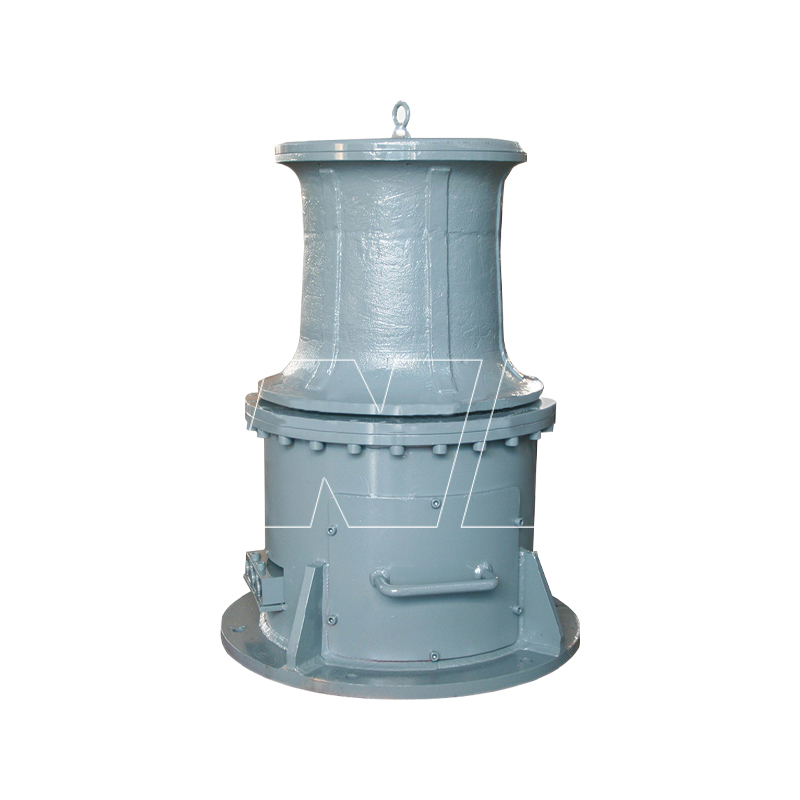
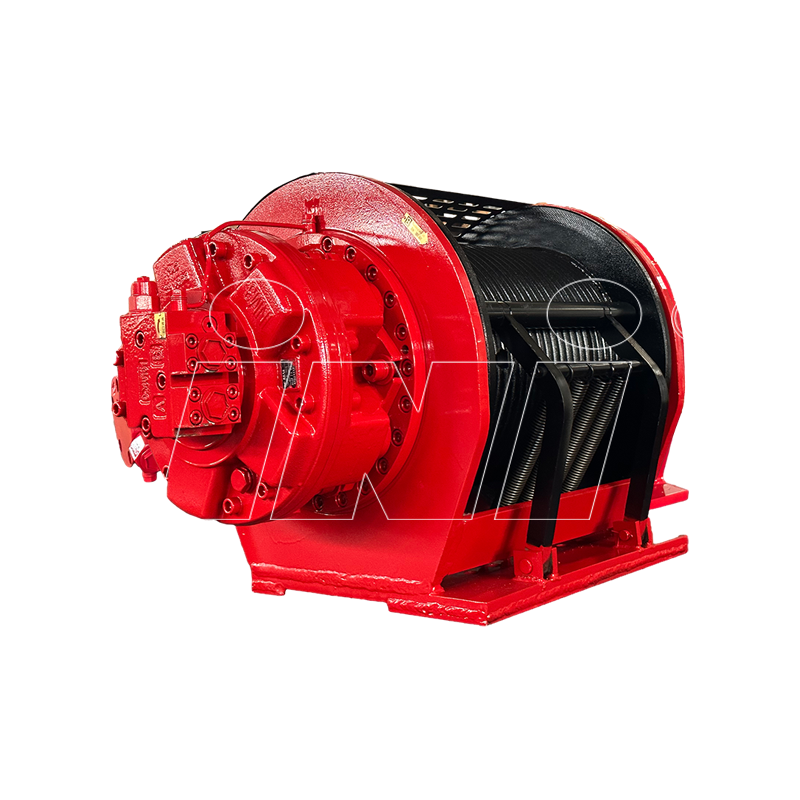
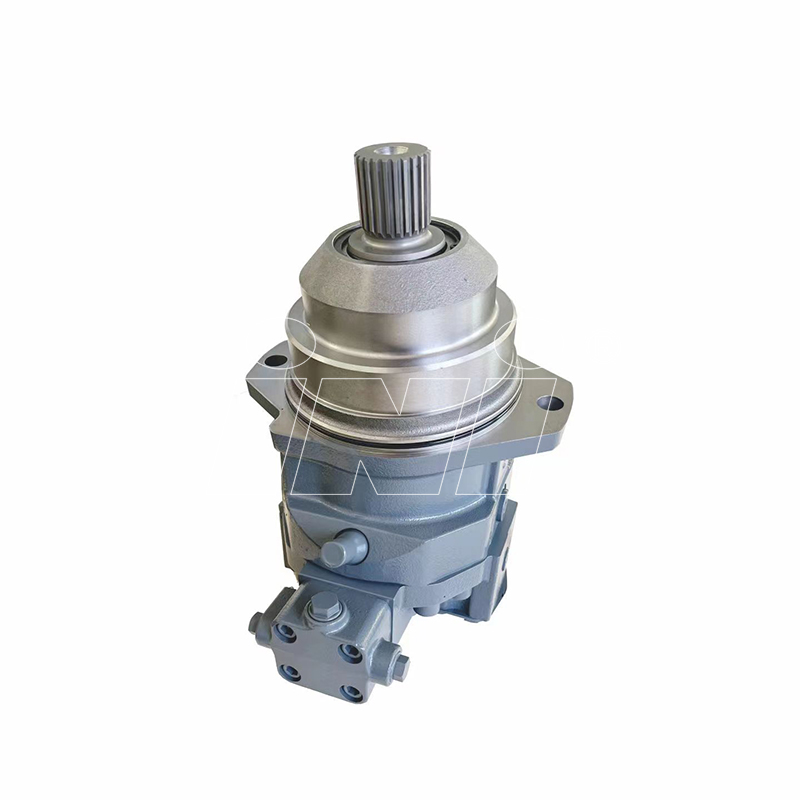
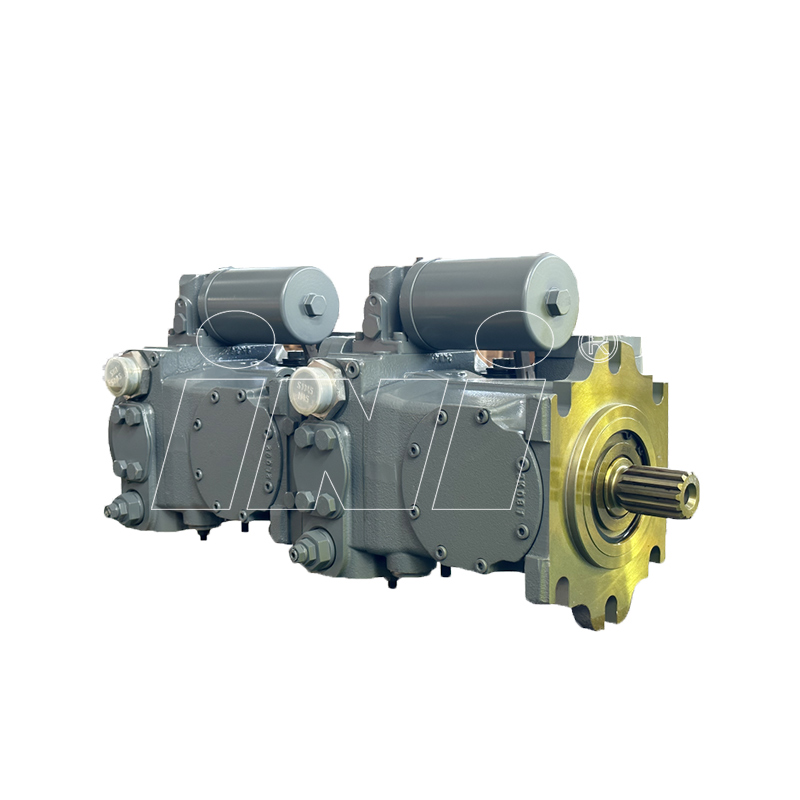
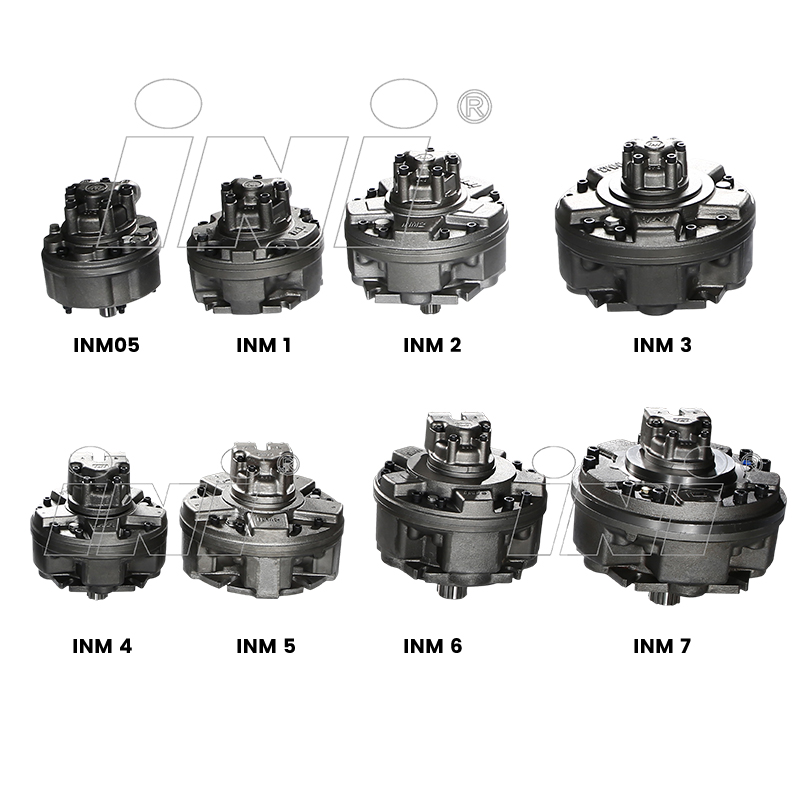
 English
English русский
русский Español
Español
 TOP
TOP